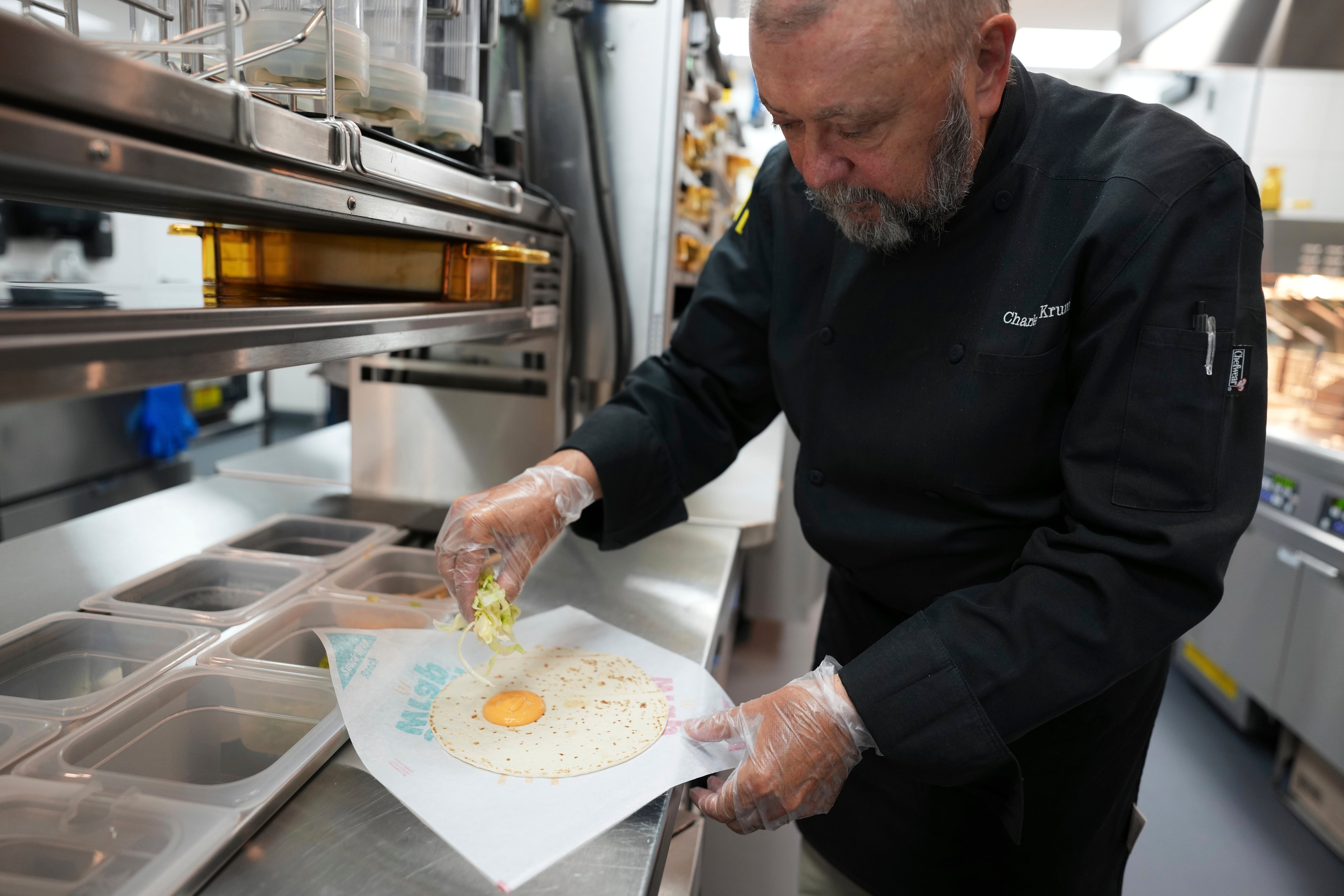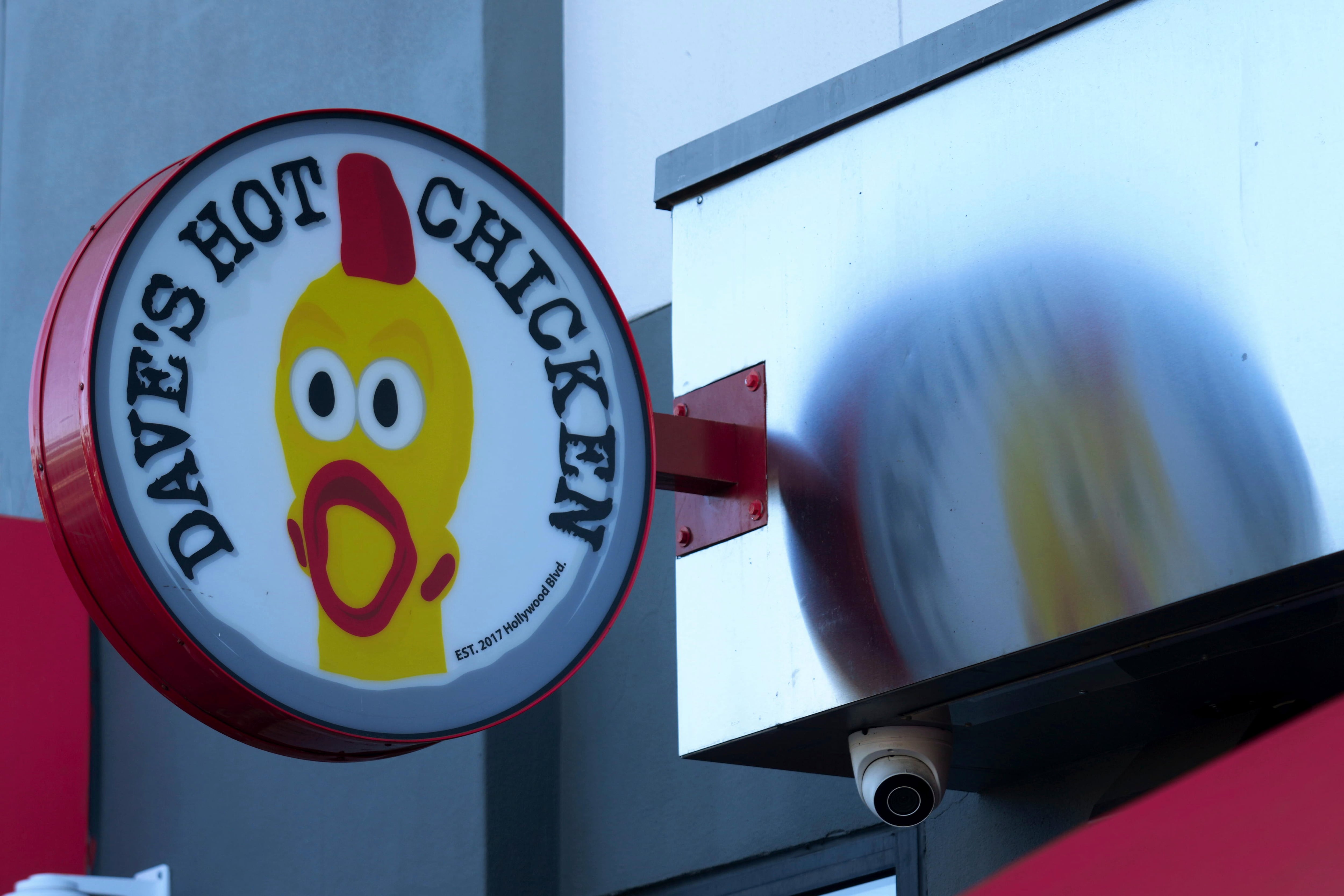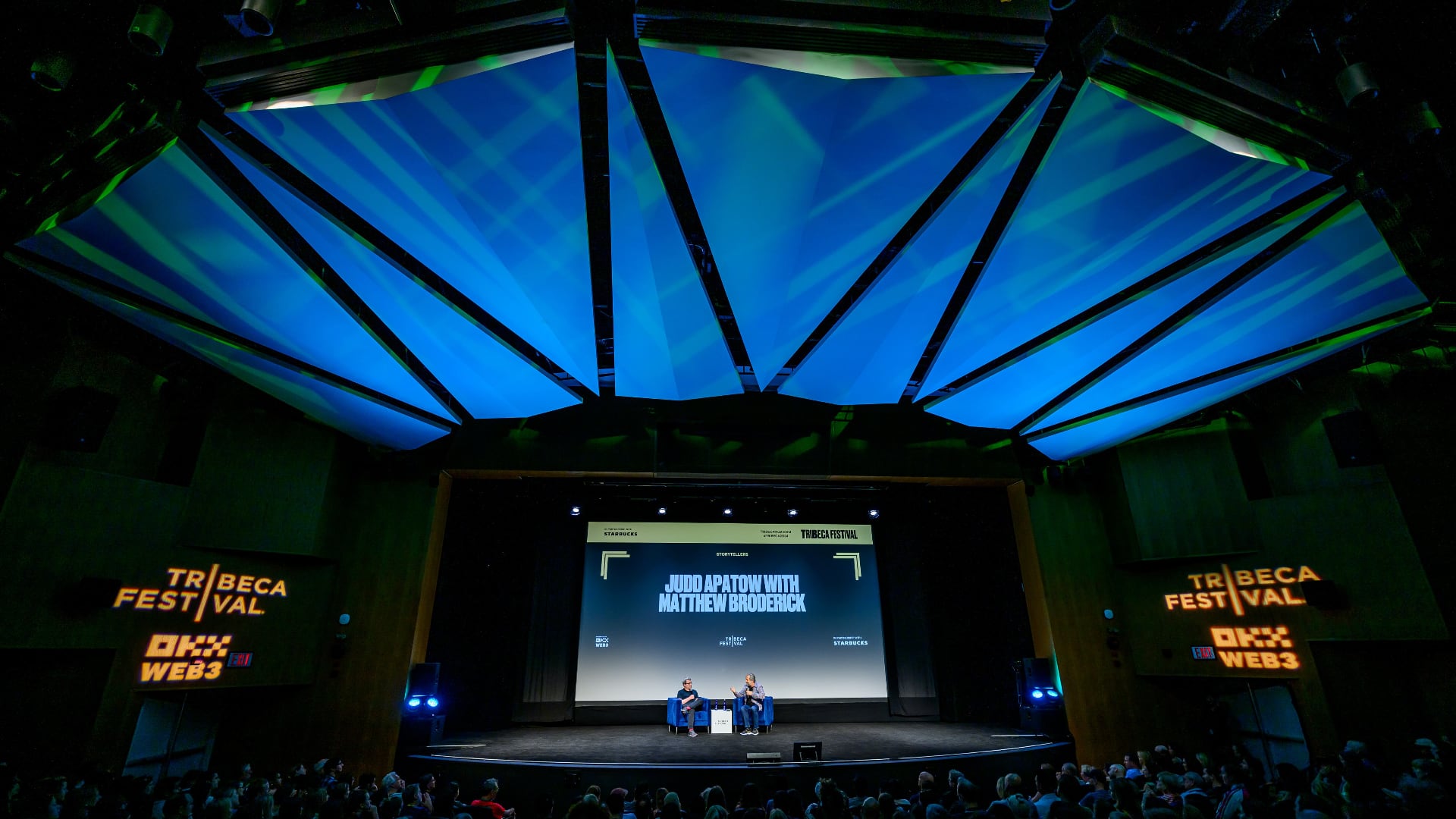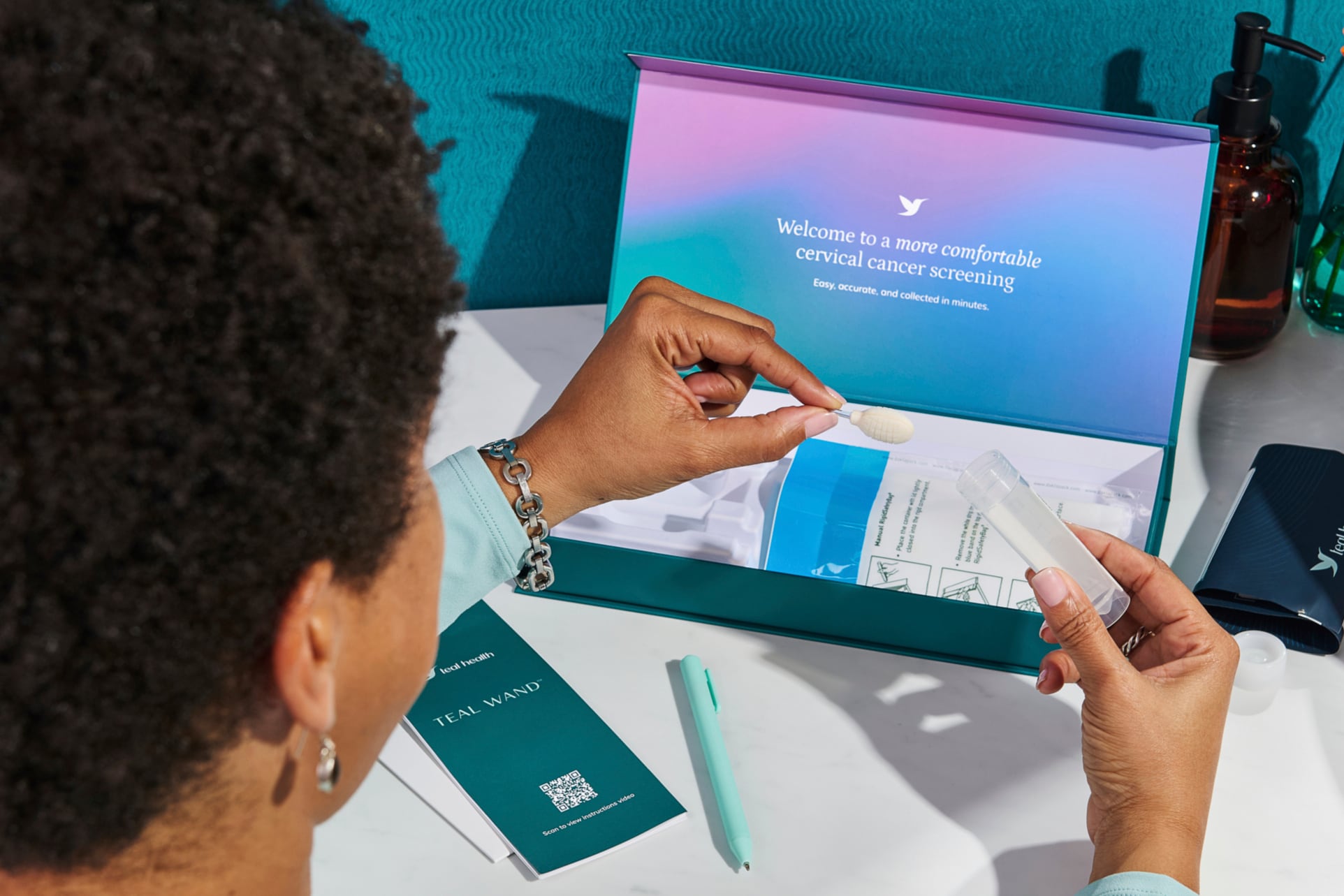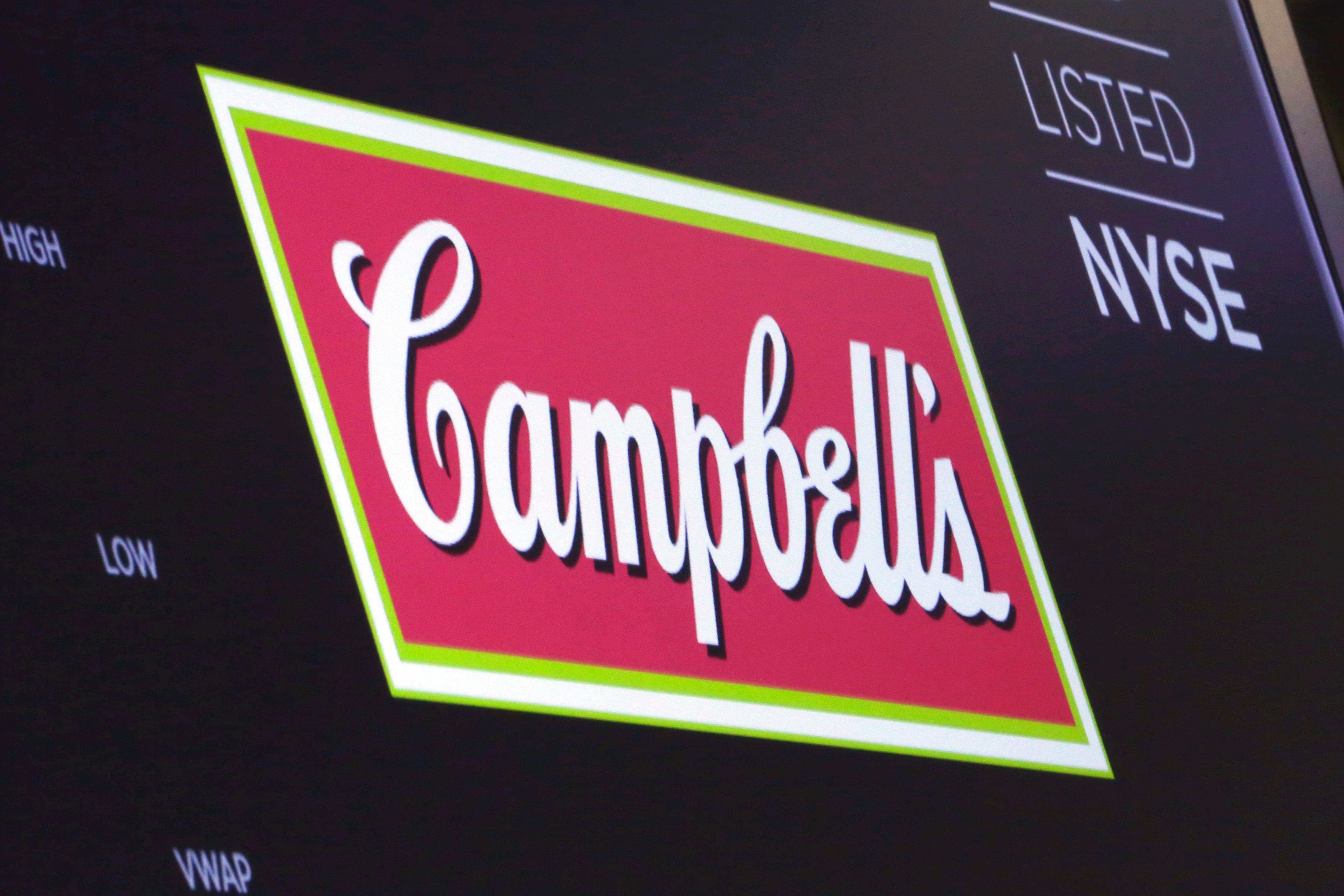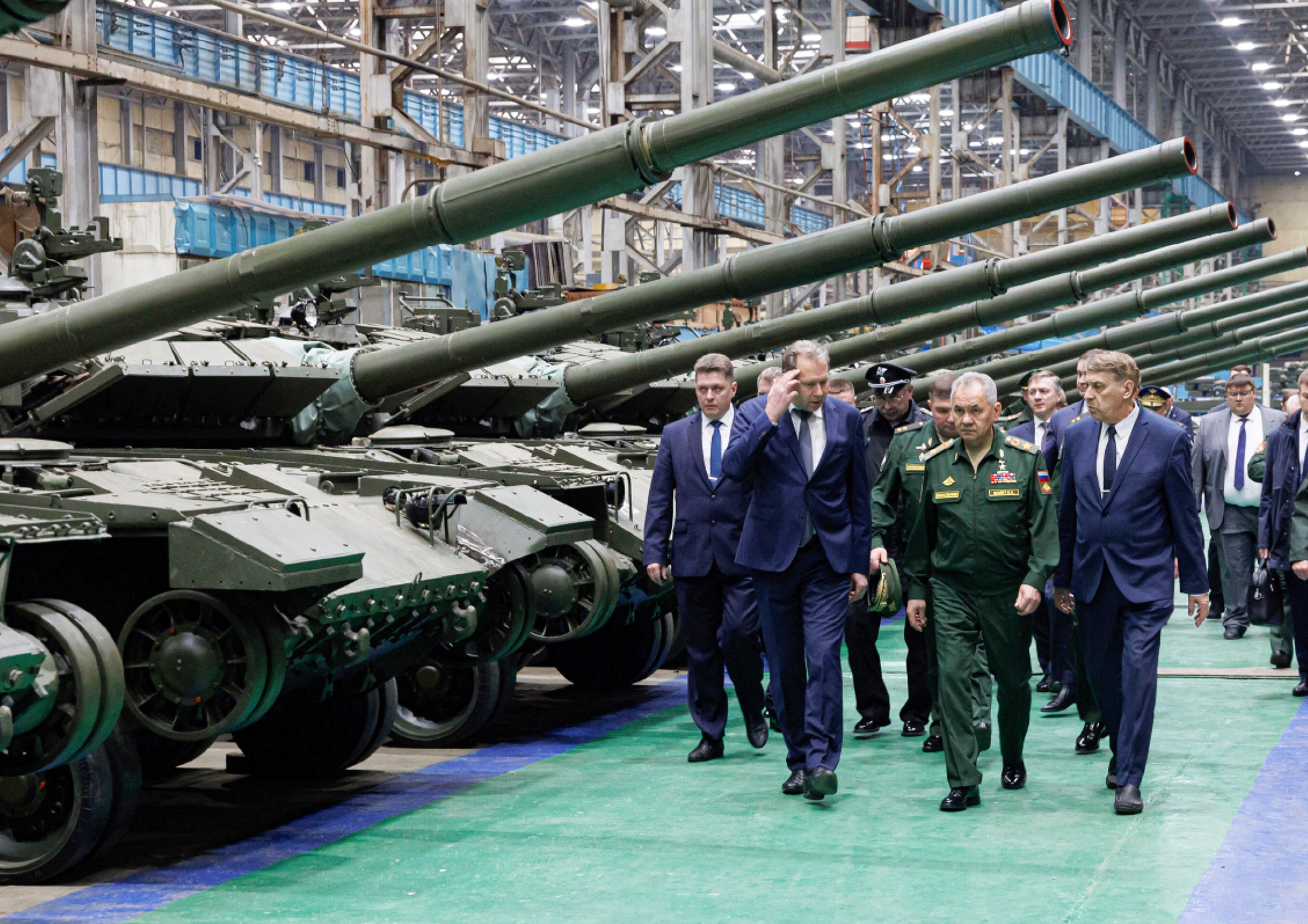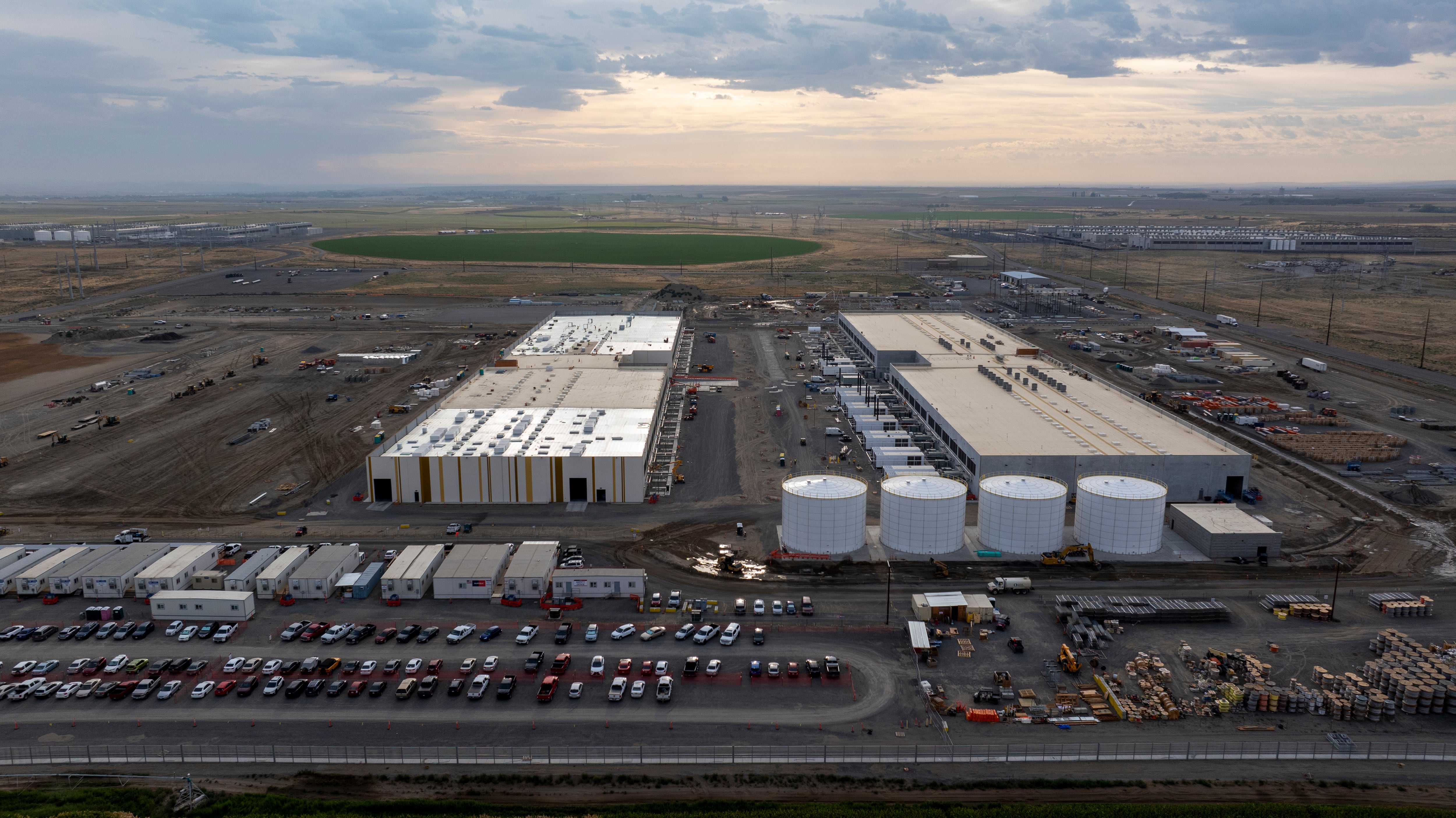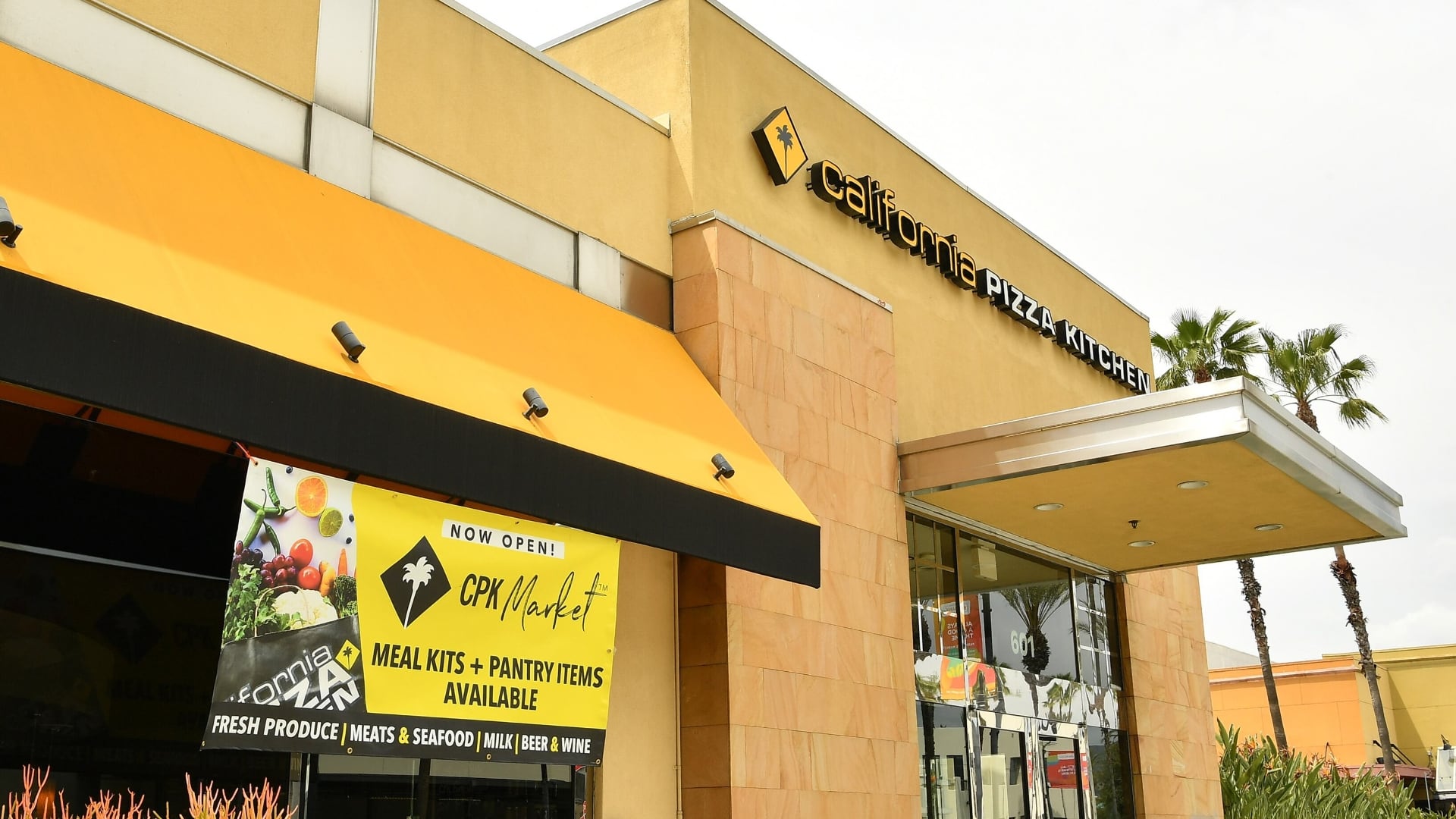After months of people waiting multiple days and sometimes weeks to learn of a coronavirus status, rapid testing is now coming to the U.S.
The U.S. Food and Drug Administration has issued emergency use authorization for an antigen test from Abbott Laboratories that shows results in 15 minutes that can be read directly from a testing card.
President Donald Trump followed up this authorization with the announcement of a $750 million deal to purchase 50 million of the tests.
"We really feel that the BinaxNOW antigen test is going to be transformative, and the reason we're feeling that is we're providing a reliable and affordable rapid test at massive scale that will overcome the current waiting game for test results and help slow the spread of the virus," Dr. John Hackett, divisional vice president of applied research and technology for Abbott's diagnostics business, told Cheddar.
This same method, called lateral flow technology, is used in many at-home pregnancy tests. It will allow healthcare providers to place a sample obtained via nose swab on a testing card that already contains the reagent. The patient will then wait 15 minutes for the results.
"This is extremely portable," Hackett said. "Healthcare providers in settings like workplaces, schools can administer this test, so it allows testing of a lot more people a lot more rapidly than we currently could."
Antigens are not as sensitive as molecular tests, however, meaning negative results might need to be confirmed in the case of certain clinical observations, such as continued symptoms in line with COVID-19.
"Negative results from an antigen test should be considered in the context of clinical observations, patient history, and epidemiological information," according to a statement from the FDA.
"The advantage of these antigen tests is that they detect individuals at that point in the infection cycle when they're most contagious," Hackett said. "Having an answer that quickly, to know that you should be self-quarantining and contacting your physician, is incredibly important in slowing the spread of the virus."
Abbott is also launching an app with the tests that will allow users to track their test results and present their status as needed, providing "in essence, a digital health pass," Hackett said.
The company is ramping up production now and expecting to start producing 50 million tests per month in October.
"We truly believe this will be a gamechanger," Hackett said.


